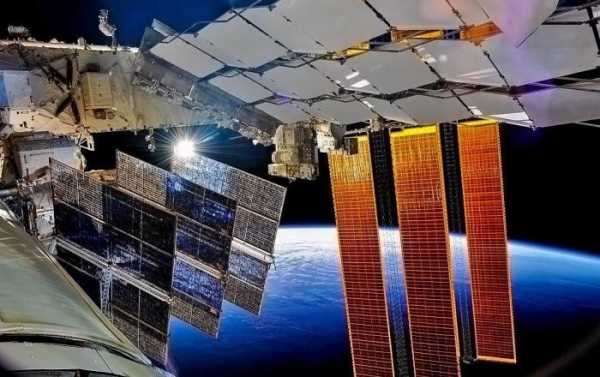
The International Space Station is subject to the endless bombardment of tiny particles travelling at supersonic speeds. A team of MIT researchers has found that the micro-particles could be dangerous to the orbiting outpost – in some cases even being able to melt holes in its shielding material.
The researchers used tin, which has a pretty low melting temperature, as a model material for a mock-up of the station’s surface. They heated up another piece of tin with laser beams to eject and speed up particles of tin measuring a hundred thousandths of a meter in diameter, which then bombarded the surface.
High-speed cameras filming at a rate up to 100 million frames per second revealed how the particles smashed into the tin surface. Scientists analysed different conditions under which a particle would rebound, stick to, or melt the material.
At a speed of nearly 100 m/s, the report says, the collusion can cause material loss. According to the study, particles travelling at velocities of nearly 1 km/s (three times the speed of sound) can cause damage to space vehicles and satellites.
This is the first study of its kind, the paper’s authors claim, which helped them witness the mechanism that produces the impact, while previous analyses studied the impact on the surface “post-mortem,” or after the collision.
While the experiments saw particles hit a particular material at a given speed, the team wants to see in further tests how particles bump into other materials, including alloys, at various angles.
“We can extend this to every situation where erosion is important,” said MIT’s David Veysset, a co-author of the paper. He added that the study could help engineers develop erosion-resistant materials to be used both in space and here on Earth.
“The experimental work is of very high quality…. I could imagine that it might have applications to some types of surface milling, similar to sandblasting but more aggressive than that method,” noted H. Jay Melosh, a geophysicist and specialist in impact cratering.
Sourse: sputniknews.com






